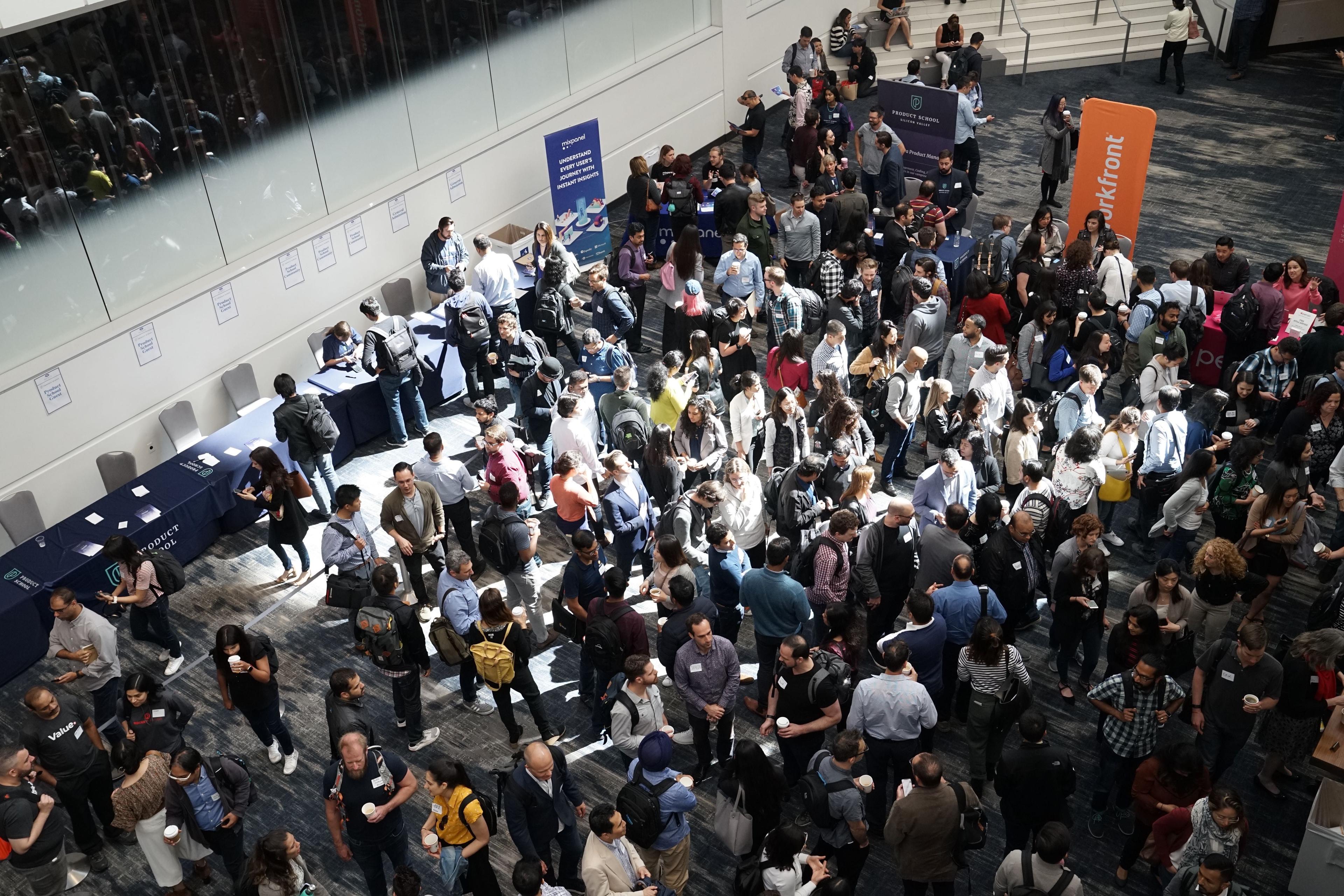Key takeaways
- Demand for early talent to fill part-time roles has dropped compared to earlier this year, and part-time jobs saw the largest year-over-year decrease (-32%) in job postings on the platform, when compared to full-time and internships.
- Notably employers who are still creating new jobs have been hiring more for full-time roles and internships with job postings per employer up 1% and 7% respectively.
- The retail industry, which relies on part-time workers through the holiday season, has seen the greatest year-over-year decrease in part-time job postings that were listed between October and November with a drop of 51%.
Benefits of part-time work
The Handshake early talent labor report update for December shows a substantial shift in the availability of opportunities for part-time jobs. While not necessarily a direct path to full-time work, part-time jobs are a valuable and often necessary part of life for college students. In order to prepare to enter the workforce full-time, students learn and develop skills in a number of places: in the classroom, through extracurricular activities, and by engaging in part-time work.
Recent data demonstrates the availability of part-time employment opportunities for students has changed in recent months, which indicates a shift in how students will develop workforce skills before graduation.
Through November of 2022, a sizable 29% of job postings created this year on Handshake were for part-time jobs, with titles ranging from Seasonal Sales Associate to Paralegal. Although across all categories (full-time, part-time, internships), employers who have been using the platform since January 2021 are posting fewer jobs in the months of October and November compared to the same months in 2021, part-time jobs are seeing the largest decline (-32%).
Notably, employers who are still creating new jobs have been hiring more for full-time roles and internships, with the jobs created per employer increasing by 1% and 7% respectively for November. Unfortunately, this does not hold true for part-time jobs, indicating that now students likely have less opportunity to gain valuable skills that will help them when entering the full-time workforce.
Demand for part time work falls towards end of year
At the beginning of the year, the number of Handshake part-time job postings was showing a year-over-year increase, which largely mirrored what was happening with full-time jobs. This aligns with what was going on in the market: employers were struggling to keep up with consumer demand, while simultaneously facing staffing shortages due to COVID illnesses.
By April, however, the job postings were showing a year-over-year decline which continued for the rest of the year. This drop off in year-over-year job postings for part-time jobs was starker than the drop off witnessed in full-time jobs, which makes sense given that part-time work tends to be more flexible and responsive to changing economic conditions. By November, part-time year-over-year job postings had declined by 42%. Although the job market has been strong by historical standards, these results show that current students are facing a more difficult job market compared to a year ago.
Focus on retail
The retail industry is one of the largest employers, and according to the Census Bureau, its workforce tends to skew towards younger workers. As a result, it is a key industry that allows Gen Z to gain transferable skills without having prior work experience.
Data from the Bureau of Labor Statistics showed that job openings for the retail industry dropped sharply at the start of the pandemic and then quickly increased to surpass their pre-COVID levels as online shopping took off. Once the economy started to open up, many retailers over-hired because of COVID related staffing shortages and to meet the demand from consumers. Over the past several months, however, postings in the retail industry have been slowing as companies worry about a pullback in consumer spending, a potential economic downturn, and high labor costs.
Part-time retail job postings on Handshake are following a similar trend: postings which were created in October and November, the months in which most seasonal hiring takes place, were down 51% when compared to the same months in 2021. When looking at part-time job postings across every industry, jobs in the retail industry fell the most. To put the decrease in part-time retail jobs into context, it even exceeds the slowdown of part-time jobs in the tech industry, which has had well publicized layoffs and hiring freezes, by 11.7 percentage points. As our October blog mentioned, the tech industry had the greatest drop in full-time jobs in September. This continues to be the case when looking at November data as the industry has seen a decrease of 47.6% when compared to the same period last year.
